

One of the biggest mysteries in Naruto – as far as the filler episodes were concerned anyway – was what secrets were hidden beneath Kakashi’s facial mask. Naruto, Sasuke, and Sakura spent countless hours attempting to catch their team leader without his face gear on but, for one reason or another, would always fail.
Eventually, Kakashi decided to put his students’ curiosity to good use and turned their quest to see his full face into a team-building exercise. In the late Shippuden filler episode “A Special Mission”, Team 7 work with mysterious photographer Sukea to capture a mugshot of their elusive sensei.
At the climax of the episode, Sukea is revealed to be none other than Kakashi himself in disguise and– after hundreds of episodes– the show finally revealed the character’s full profile. The big secret? A small mole on his chin.
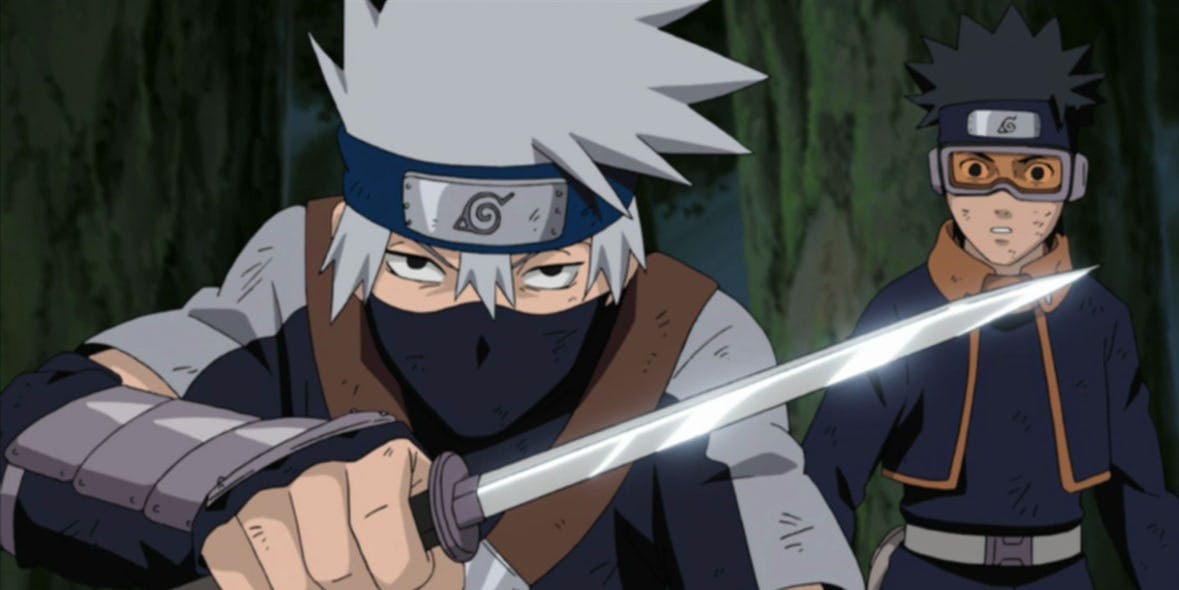
Kakashi isn’t generally famed for being a sword-wielder in the Naruto series but flashback scenes show that, in his youth, the ninja would often fight with a small Tantō blade. Although not much is said about the weapon, this Katana is far more significant than just a standard issue sword.
Referred to as the White Light Chakra Sabre, the Tantō is an heirloom of the Hatake Clan, passed onto Kakashi from his father Sakumo. The blade gets its name from the streak of color that is created when the weapon is swung, and it was this that resulted in Sakumo’s nickname “White Fang.”
Despite being relatively unassuming in appearance, the White Light Chakra Sabre is a powerful ninja weapon and its destruction during Kakashi’s battle with Kakkō was unfortunate indeed. Anime-only episodes of Naruto Shippuden did, however, seem to indicate that the blade had been re-forged, although Kakashi doesn’t carry it in the main timeline.
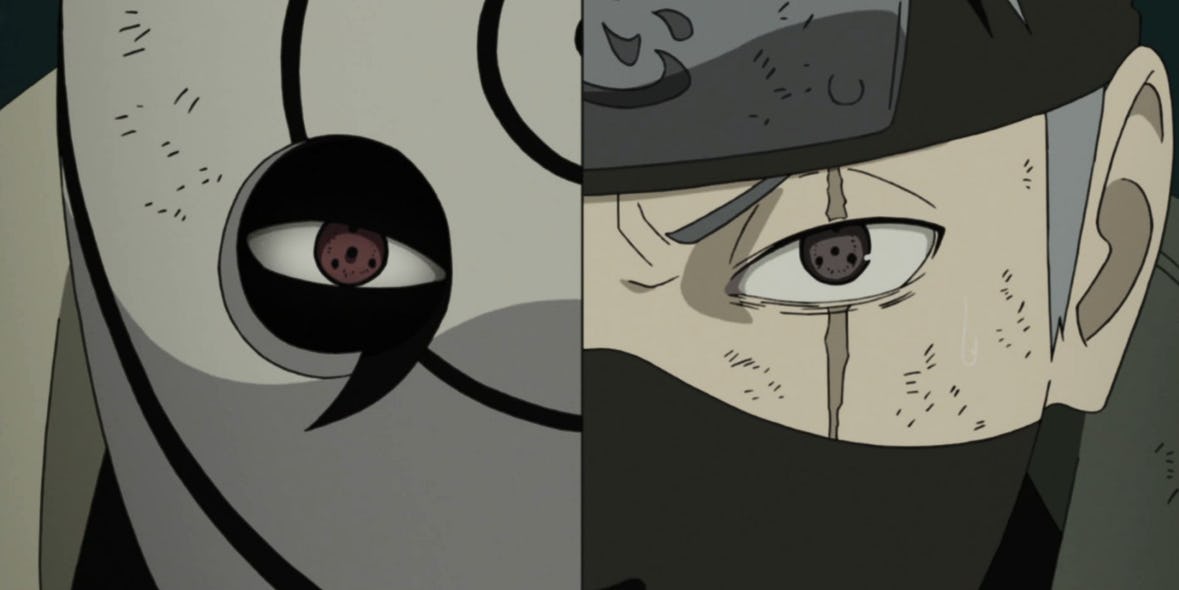
There is some debate within the Naruto fandom as to how exactly Kakashi developed the Mangekyou version of his Sharingan eye. The character first uses the technique on-screen during his battle with Akatsuki member Deidara in Naruto Shippuden, but it is later confirmed that Kakashi actually attained the power as a child at the exact same time Obito gained it, shortly after Rin had died.
There is no definitive answer on why Kakashi waited so long to unleash his upgraded eye. Some believe that he didn’t actually realize he possessed such a power until seeing Itachi use it during their own fight. Others posit that the younger Kakashi didn’t have enough chakra to pull off such grandiose techniques.
Clearly, the real reason behind this semi-plot hole has more to do with Kishimoto’s additions to the Sharingan ability set, which change greatly over the course of the series. However, some clearer explanation within the narrative may have been useful.
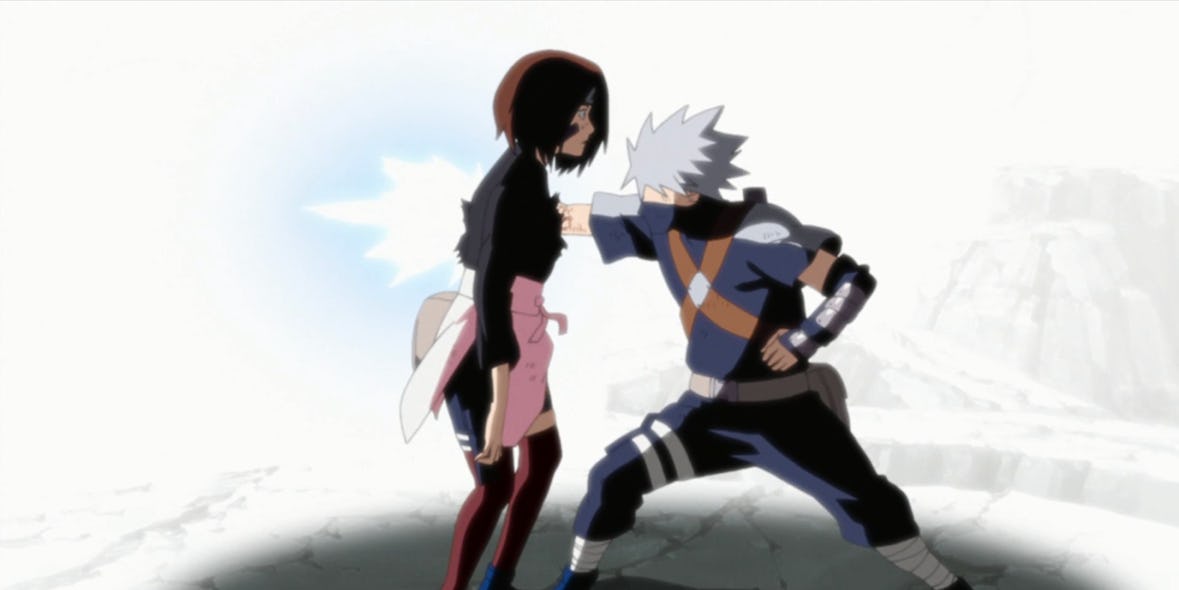
Young ninja characters in Naruto often appear and act much older than they really are, and character ages are usually kept vague in anime as a general rule. As such, some fans might be surprised at just how young Hatake Kakashi was when he reached the first two big milestones in his ninja career.
The future Sixth Hokage was only 5 years of age when he graduated from the Konoha academy and became a fledgling Genin, and it took him only a year to make the ascension to Chūnin. By comparison, Neji Hygūa – who was also considered a child prodigy – became a Genin at age 12 and a Chūnin at 15.
This impressive rise in rank can perhaps be partly attributed to the start of the Third Great Shinobi War, but also goes to show just how powerful Kakashi was, even at a very early age and long before he had obtained his Sharingan eye.

The slaughter of the Uchiha clan at the hands of Itachi is one of the most pivotal events in the Naruto story, and responsibility for the tragedy can be shared between a variety of figures.
As far as Kakashi is concerned, however, part of the blame should also be attributed to himself. While working under the Third Hokage, Itachi joined Kakashi as part of his personal team and the white-haired ninja acted as a mentor to his Uchiha partner. Although Kakashi acknowledged Itachi’s ability, he was concerned about the Uchiha’s brutal nature and thus attempted to instill the importance of teamwork into him.
One day, Itachi asked Kakashi for advice regarding honoring the requests of dead friends and, shortly after, committed his infamous mass murder. Even since the incident, Kakashi has regretted his inability to guide Itachi down a different path, and although this is an extremely significant character moment, the scenes were an understated element of an anime-only arc and weren’t given the exposure they perhaps deserved.

For a number of years, Hatake Kakashi takes up the mantle of Hokage before relinquishing the title over to Naruto and supposedly entering retirement. Despite stepping away from ninja front-line duty, however, subsequent Naruto media has shown that Kakashi never actually seems to take to the easy-going lifestyle and, instead, continues to perform missions in an unofficial capacity.
In the Boruto series, Kakashi reveals that he has been conducting his own investigations into the remaining experiments of Danzo and other villains, and he even leaps into action to save the village from the dangerous beast Nue.
Interestingly, Kakashi was also seen to give instructions to the current Hokage, Naruto, during the fight with Nue, continuing their teacher/student relationship, despite Naruto’s status as an adult and the leader of the village.
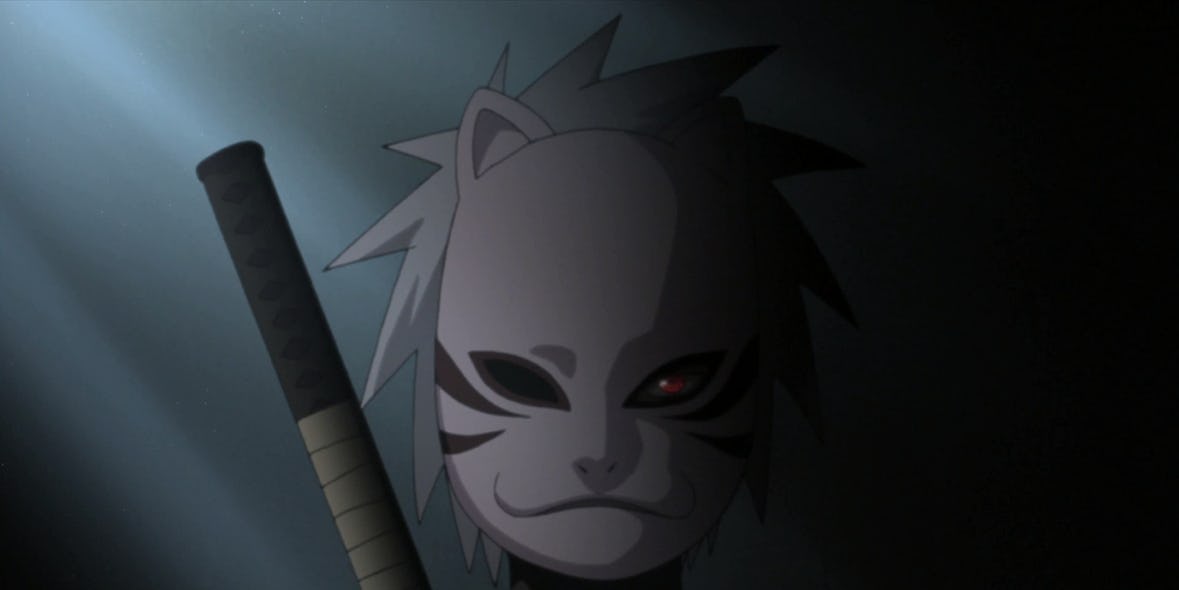
Masashi Kishimoto is renowned for his attention to detail, especially when it comes to character design and costumes. However, fans are unlikely to have noticed every single one of the small connections and nods attached to each character. One of the best Kakashi Easter eggs can be seen during the ninja’s younger years as an Anbu member.
Kohoha Anbu masks are designed to resemble animals, and Kakashi’s is very much modeled after a dog. Clearly this is a reference to Kakashi’s summon ability, which allows him to call a pack of ninja hounds to his aid and, interestingly, you could argue that the mask even incorporates features from several of Kakashi’s canine pals.
Although Kakashi’s use of the Ninken becomes less frequent later in the series, this small reference was a fan-pleasing way of calling back one of Kakashi’s most famous techniques.
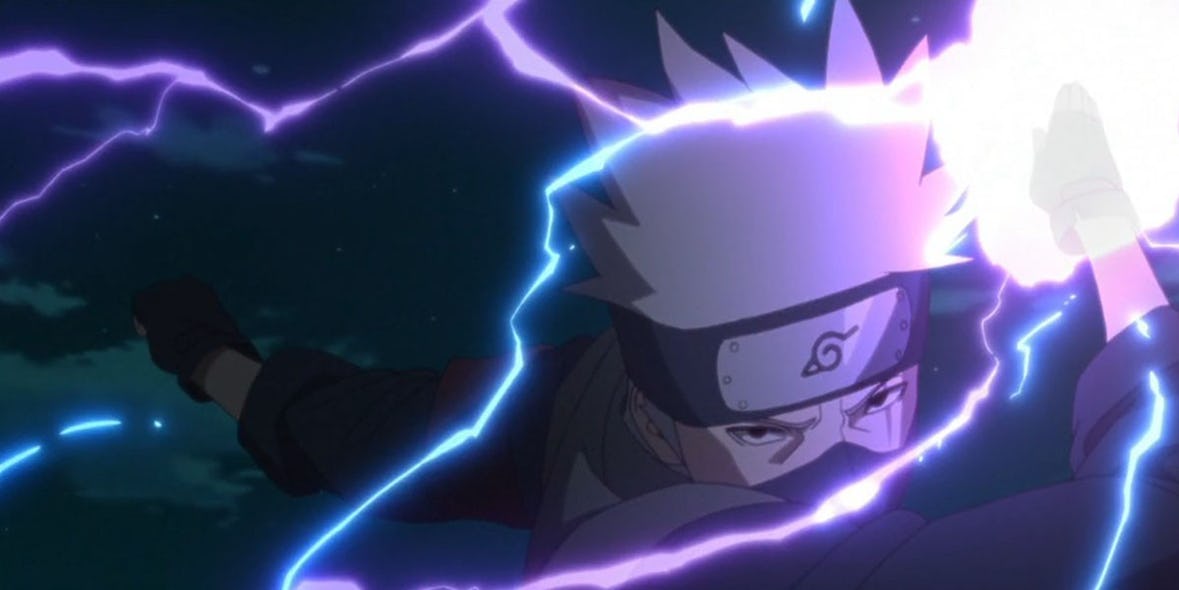
After the Fourth Great Ninja Wear, Kakashi is left with two eyes, but neither of them possess the Sharingan and many viewers may have been questioning whether the ninja widely known as “Kakashi of the Sharingan” could still be Hokage-level without his most famous attribute.
Very quickly, that question was answered in no uncertain terms, as Kakashi compensated for his lack of the Sharingan by reminding everyone exactly why he was so revered early in his ninja career. One way he achieved this was by inventing an entirely new Lightning Release technique called Purple Electricity.
Used in both the Boruto series and Kakashi Hiden, Purple Lightning is a very powerful technique and an awesome-looking variation on the classic Chidori that Kakashi made famous.

During Naruto Shippuden’s final fight, Kakashi is momentarily given both of Obito’s Uchiha eyes and receives a major boost to his Sharingan abilities. Soon after gaining the extra eye, however, Kakashi unleashes a perfectly formed and controlled Susanoo: the humanoid chakra cloak used by advanced Uchiha warriors.
Despite the awesomeness of the scene itself, many Naruto fans took issue with how quickly Kakashi managed to learn the Susanoo technique, especially considering the hard training that other characters had to endure in order to perfect the technique.
With that said, perhaps this is simply testament to how much of a natural genius Kakashi is. Also, it’s worth remembering that, despite not being an Uchiha and only possessing a single Sharingan eye, Kakashi had been using Obito’s power for most of his life, and so was hardly a stranger to its abilities.
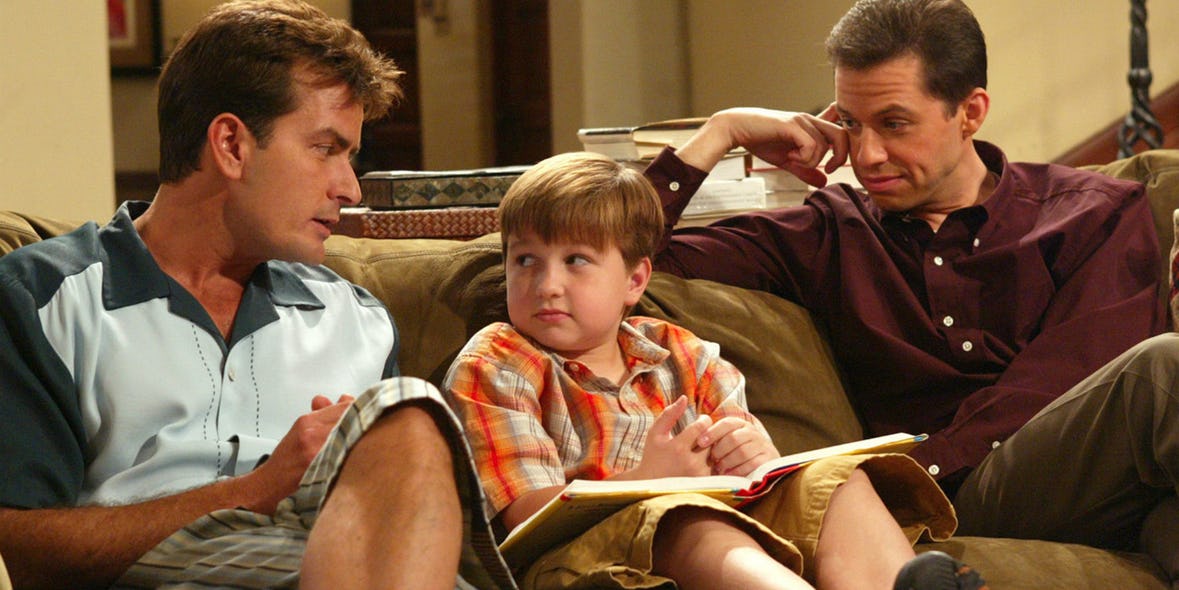
On the face of it, you may not think that Hatake Kakashi and Charlie Sheen have an awful lot in common. You may be surprised to discover then, that one of Kakashi’s main voice actors, Kazuhiko Inoue, is also the Japanese voice of Charlie Harper in Two and a Half Men.
Certainly both characters would enjoy a good read of the Make Out book series but, that aside, it’s certainly amusing to think of Kakashi’s voice attached to the bachelor lifestyle of Charlie Harper.
Kazuhiko has also been in a number of other Japanese dubs of well-known Western productions and has voiced the likes of Jack Shepherd on Lost, Kaecilius from Doctor Strange, and Jason Statham’s character in the Transporter series. A versatile and varied CV if ever there was one.
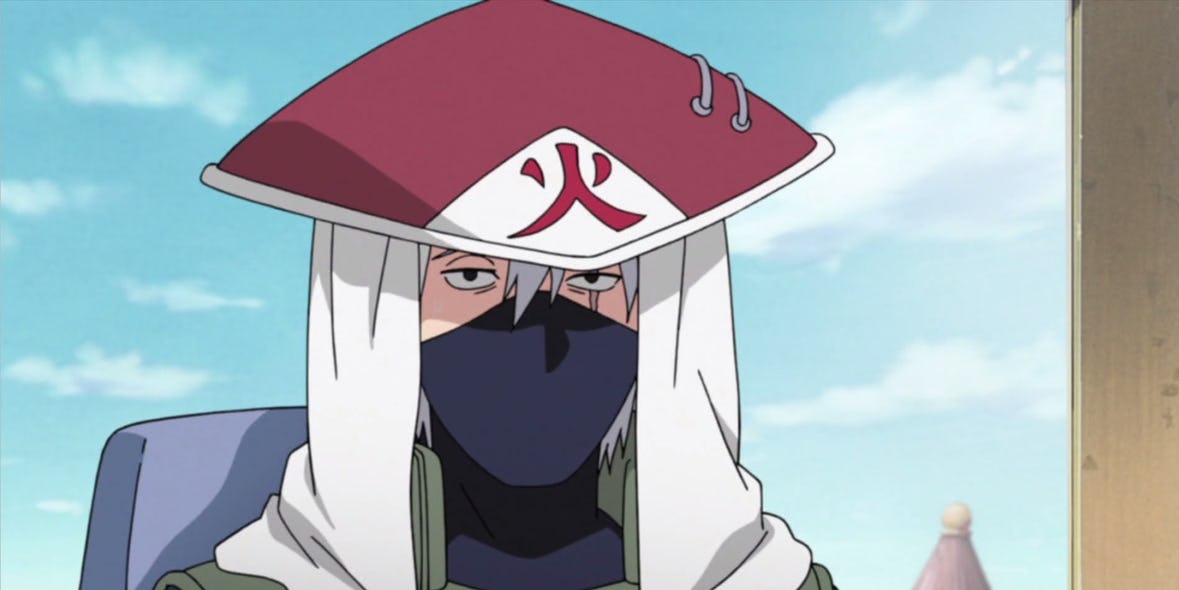
Fans eager for a continuation of the Kakashi story after Naruto Shippuden may be surprised and delighted to know that a short novel exists, which covers the period between the final episode of the main series and Kakashi becoming the Sixth Hokage.
Kakashi Hiden: Lightning in the Icy Sky is written by Akira Higashiyama but illustrated by series creator Masashi Kishimoto, and is therefore considered canon by many fans. The story is also highly significant, as it explains why Kakashi eventually decides to accept becoming Hokage, having been reluctant to do so previously.
The bulk of the novel takes place on an airship and sees Kakashi and Might Guy forced to fight a group of dangerous criminals with an emotional grudge. Upon seeing the Konoha 11 leap into action, Kakashi decides that he shall take the reins of the village until his students are ready to do so instead.
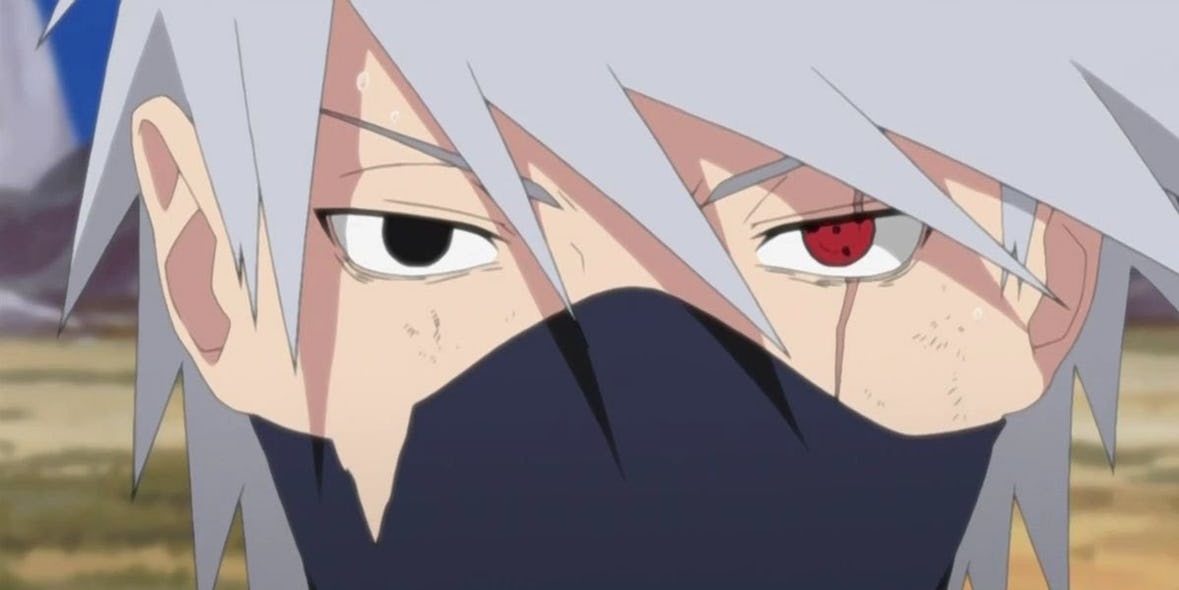
Kakashi’s popularity was huge throughout the duration of the Naruto series, and he consistently appeared in the upper entries of the various character polls that were conducted. Consequently, the character would’ve probably been a prime candidate for a spinoff in the minds of the Naruto fandom.
Kakashi was also creator Masashi Kishimoto’s first choice for a potential solo series too. Indeed, the mangaka confirmed in an interview with publishers Shonen Jump that, if he were to create a Naruto story with a different main character, Hatake Kakashi would be his first pick.
Since much of Kakashi’s backstory has already been covered, a potential spinoff would likely focus on Kakashi’s days as a Jōnin and chronicle the various missions he undertook which helped cement his formidable reputation as a ninja.
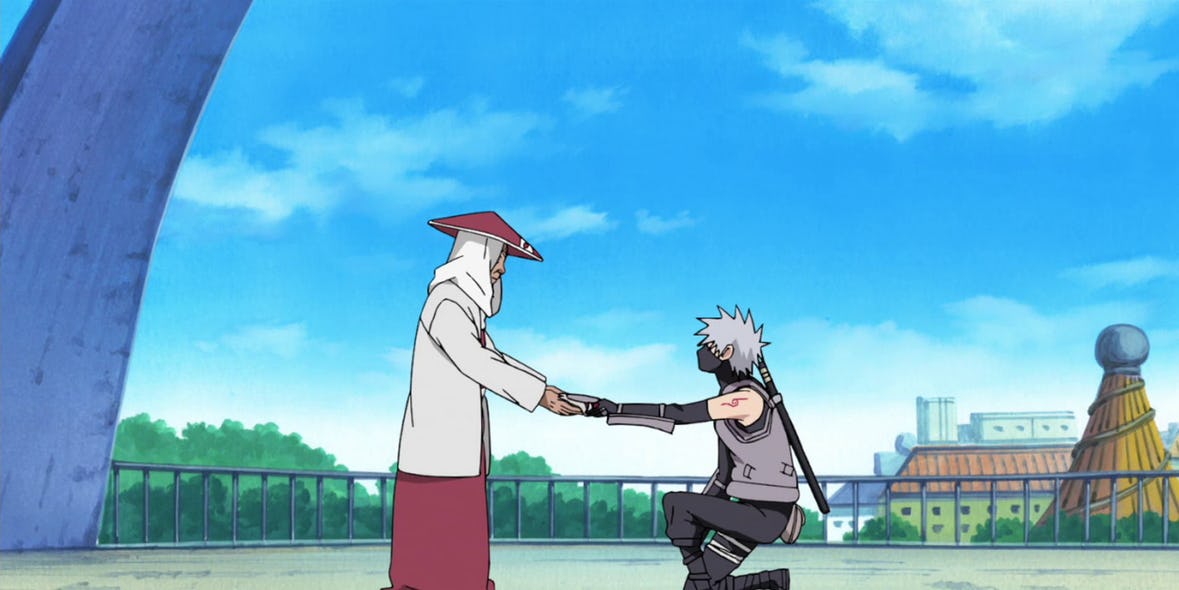
In anime and manga, it can be common for characters to end their sentences with a certain phrase or sound in order to indicate something about their personality or add a unique quirk to their speech pattern. Masashi Kishimoto originally intended Kakashi to have such a feature, and early drafts of the character concluded sentences by saying “de gozaru.”
This phrase is often used to indicate a formal, somewhat old-fashioned and stiff speech pattern and is particularly associated with traditionally-minded Samurai types.
It’s perhaps a blessing that this quirk was dropped from the final character, not only because it would’ve been a little annoying to international viewers, but also because it could’ve altered the more laid back nature of Kakashi as an adult.
Other than this, very little was actually changed from Kishimoto’s original concept of the Kakashi character.
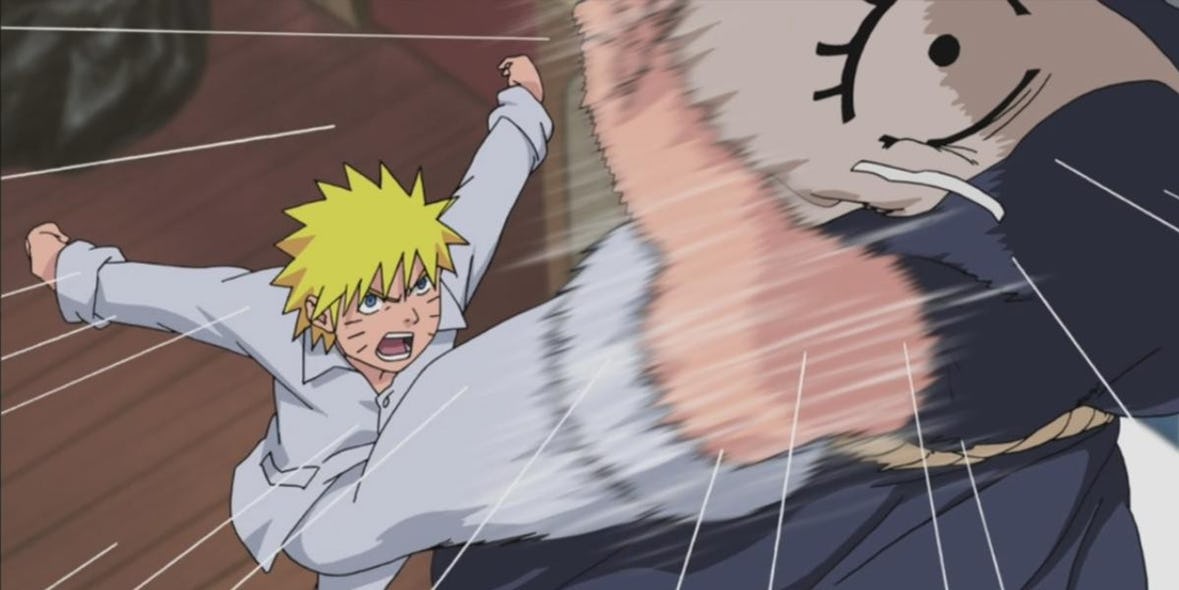
Name translations can often reveal certain salient details about a character in anime and manga and, while some are obvious (such as the Naruto fishcake connection), others are less well known. For instance, the name “Kakashi” translates into English as “Scarecrow,” with the full title “Hatake Kakashi” roughly meaning “Scarecrow in the Farmland.”
Although the ninja doesn’t have a particularly significant connection to the ins and outs of farming techniques, it does somewhat account for Kakashi’s appearance and hairstyle, which echo the visual appearance of a scarecrow, with the character’s tall slim frame and spiky white hair.
Interestingly, several scenes that include Kakashi have a scarecrow hidden in the background, and Naruto also builds a model of his sensei out of straw to act as a training buddy.
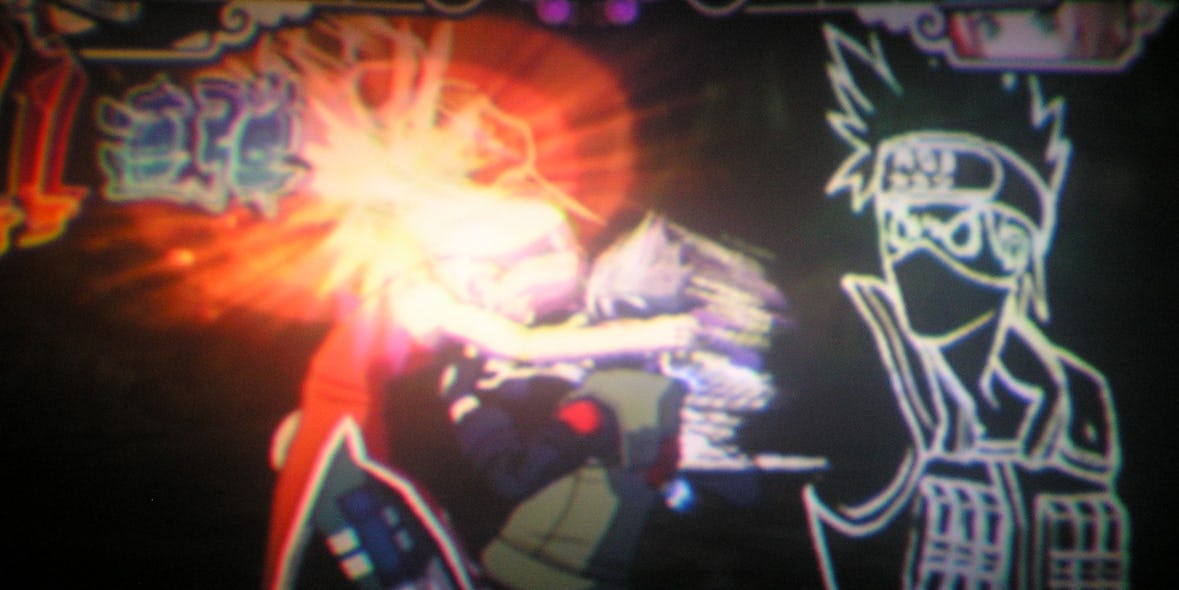
One of the funniest elements in the Naruto series is Inner Sakura, the animated and easily irritated side to Sakura that only the viewer or reader are able to see. It was unfortunate that this comedic technique wasn’t applied to some of the other characters in the series, but as anyone who has played the Clash of Ninja video game will know, Inner Kakashi does indeed exist.
In the game, players can use Kakashi’s Sharingan copying ability to mimic Sakura’s Cha Barrage move, giving fans a glimpse at what an Inner Kakashi could look like. Both Kakashi and Sasuke can also mimic Inner Sakura in Ultimate Ninja, revealing inner versions of themselves in the process.
Although the appearances are only brief, they hint at what could have been if Kishimoto had shown some of the goofier and outgoing sides to these usually reserved ninjas.
—
Can you think of any other interesting facts about Naruto‘s Hatake Kakashi? Is he one of your favorite or least favorite characters? Let us know in the comments!
Leave a comment